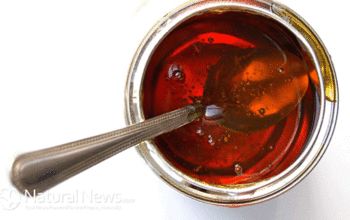When you crack open an egg, the color of the yolk can tell you more about the chicken’s diet than you might expect. From pale yellow to deep orange, egg yolk color is a fascinating indicator of what laying hens consume and how they are raised.
The Science Behind Egg Yolk Color
The vibrant color of egg yolks isn’t random – it’s directly influenced by the diet of the chickens. Carotenoids and xanthophylls, natural pigments found in chicken feed, are the primary culprits behind the variations in yolk shade. These pigments are absorbed from the hen’s diet and deposited directly into the egg yolk.
Dietary Influences on Yolk Pigmentation
Different feed ingredients can dramatically impact yolk color:
- Corn-based diets typically produce deeper yellow to orange yolks
- Wheat-based feeds often result in lighter, more pale yellow yolks
- Organic supplements like marigold petals can enhance yolk color naturally
Nutritional Value Beyond Color
Contrary to popular belief, yolk color is not a direct indicator of nutritional quality. Whether a yolk is pale yellow or deep orange, it remains packed with essential nutrients. Egg yolks are nutritional powerhouses, containing:
- Vitamin D
- Vitamin E
- Vitamin K
- Omega-3 fatty acids
- High-quality protein
- Choline
Farming Practices and Yolk Color
The way chickens are raised significantly impacts their diet and, consequently, their egg yolk color. Free-range and organic farming practices often result in more varied and typically deeper-colored yolks due to the diverse diet chickens can access.
Free-Range vs. Conventional Farming
Free-range chickens with access to diverse food sources – including insects, grasses, and seeds – tend to produce eggs with richer-colored yolks compared to chickens raised in conventional settings. This is because their diet is more varied and naturally rich in pigment-producing nutrients.
Consumer Perceptions and Preferences
While yolk color doesn’t determine nutritional value, consumers often associate deeper yellow or orange yolks with higher quality and more natural eggs. Many people perceive darker yolks as a sign of healthier, more naturally raised chickens.
Seasonal Variations
Interestingly, egg yolk color can also vary with seasons. During spring and summer, when chickens have access to fresh greens and insects, yolks tend to be more deeply colored compared to winter months when their diet is more limited.
The Bottom Line
Egg yolk color is a fascinating window into a chicken’s diet and living conditions. While it may not directly correlate with nutritional value, it provides insights into the hen’s diet and farming practices. Whether you prefer pale or deep-colored yolks, eggs remain an excellent source of nutrition.
Key Takeaways
- Yolk color is determined by carotenoids in the chicken’s diet
- Nutritional value remains consistent regardless of yolk color
- Farming practices significantly influence yolk pigmentation
- Consumer preferences vary, but darker doesn’t always mean better
Next time you crack an egg, take a moment to appreciate the story its yolk color might be telling about the chicken’s diet and lifestyle.





